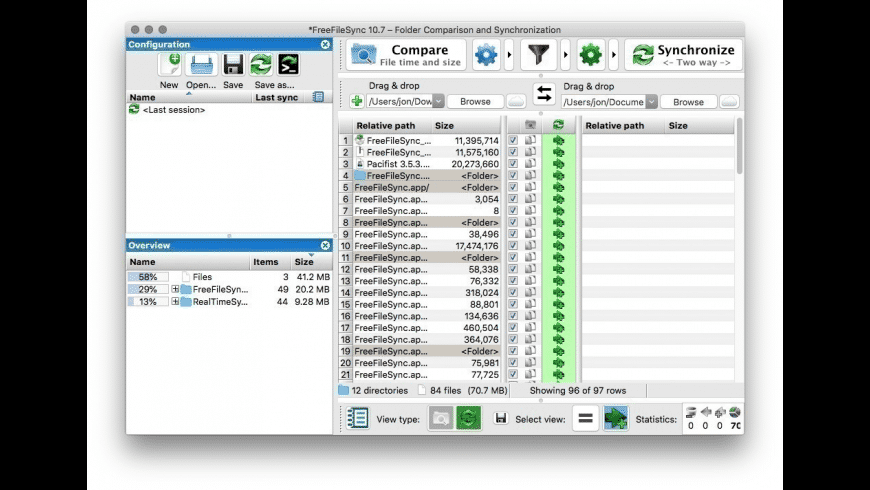
- Mac long path tool how to#
- Mac long path tool for mac os x#
- Mac long path tool software#
- Mac long path tool windows#
test.txt matches only files named "test.txt".It is not case sensitive, and it supports the wildcards ( *) for zero or more characters, and ( ?) for zero or one character. The Search Pattern parameter is used to match against specific file/directory names.
Mac long path tool windows#
This is useful for launching the GUI application from other programs, such as a Windows Explorer context menu action. Additionally, specifying the target directory alone as the only argument is supported and will begin a search on the supplied path using defaults. PathLengthCheckerGUI.exe also supports the same command-line parameter syntax. Simply run it without any parameters to see what parameters you can pass to it.

The PathLengthChecker.exe is the command-line alternative to the GUI. You can also drag-and-drop a directory from File Explorer onto the PathLengthCheckerGUI.exe file to have it open up the application and search the directory automatically. Once the app is open, simply provide the Starting Directory you want it to search and press the large Get Path Lengths. To run the Path Length Checker using the GUI, run the PathLengthCheckerGUI.exe. Running via the GUI (Graphical User Interface) It includes features such as pattern matching and min/max length constraints, as well as the ability to specify a string that should replace the root directory in the results brought back, allowing you to quickly see path lengths if you were to move the files/folders to another location.ĭownload it from the Releases page. files and directories) in that root directory and their lengths. starting) directory, and it gives you back a list of all paths (i.e.
Mac long path tool for mac os x#
Finally, this tutorial was written specifically for Mac OS X 10.7 Lion, so the steps involving Automator might be a little different if you’re running an older version.Path Length Checker is a stand-alone app that allows you to specify a root (i.e. The actual file we created for this service is located in: ~/Library/Services in case you ever want to delete it or copy it to put on another Mac. Pretty cool!Ī few things to mention… If you’re not keen on keyboard shortcuts, the service you created is also accessible when you right-click on an item in Finder and select Services > Copy File Path from the contextual menu. Hopefully you should see something like /Users/YourName/Documents/Work/Files/resume.docįrom now on these 3 easy steps are all you have to do to copy and paste file paths from Finder to your clipboard and, ultimately, another application. Press Command+V (or right-click and select Paste) to paste the file path(s).
Mac long path tool software#

There are a bunch of third party utilities and convoluted workarounds to get this functionality, but let’s be honest – they’re all pretty terrible. Mac users have long complained that there’s no easy way to copy the location of a file or folder on their computer and paste it in a document, email, internet browser, etc.

After just a few steps you will be able to select items in Finder, press a quick keyboard shortcut, and paste the path(s) anywhere you want.
Mac long path tool how to#
Learn how to create your own OS X service that lets you copy & paste the paths of files and folders in Finder.


 0 kommentar(er)
0 kommentar(er)
